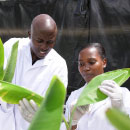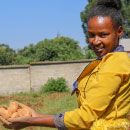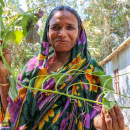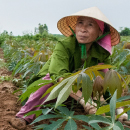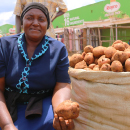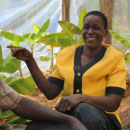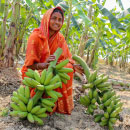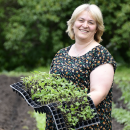Potatoes are an important crop in India, but the state of Assam lags behind in terms of yield, with less than half the national average. One of the main obstacles is poor quality seed.
Most farmers use their own saved potatoes as seed, and cut the tubers to increase the number of plants they can get. Both practices result in yields degenerating over several generations.
To combat this, the International Potato Center (CIP) sought to improve the seed supply system and introduce new varieties. The goal was to develop the capacity of some farmers to multiply selected varieties in a clean environment, boosting the supply of high quality seeds. In addition, participatory variety selection (PVS) would allow the chosen varieties to spread informally among farmers, if they find those varieties acceptable.
The requirements are complex. The varieties need to be quick to mature, so that they can fit into a rice-based cropping system in the lowland tropics. They should be resistant to late blight, the main disease that afflicts potatoes, and also to the viruses that can slowly diminish the harvest. Most importantly, however, they need to be varieties that end users prefer.
A series of trials across the agro-ecological zones of Assam provided preliminary answers. Participants assessed varieties when the plants were flowering and later when the tubers were harvested. More than half of the people taking part were women, and the discussion groups were segregated so that women had a comfortable environment in which they felt free to speak out.
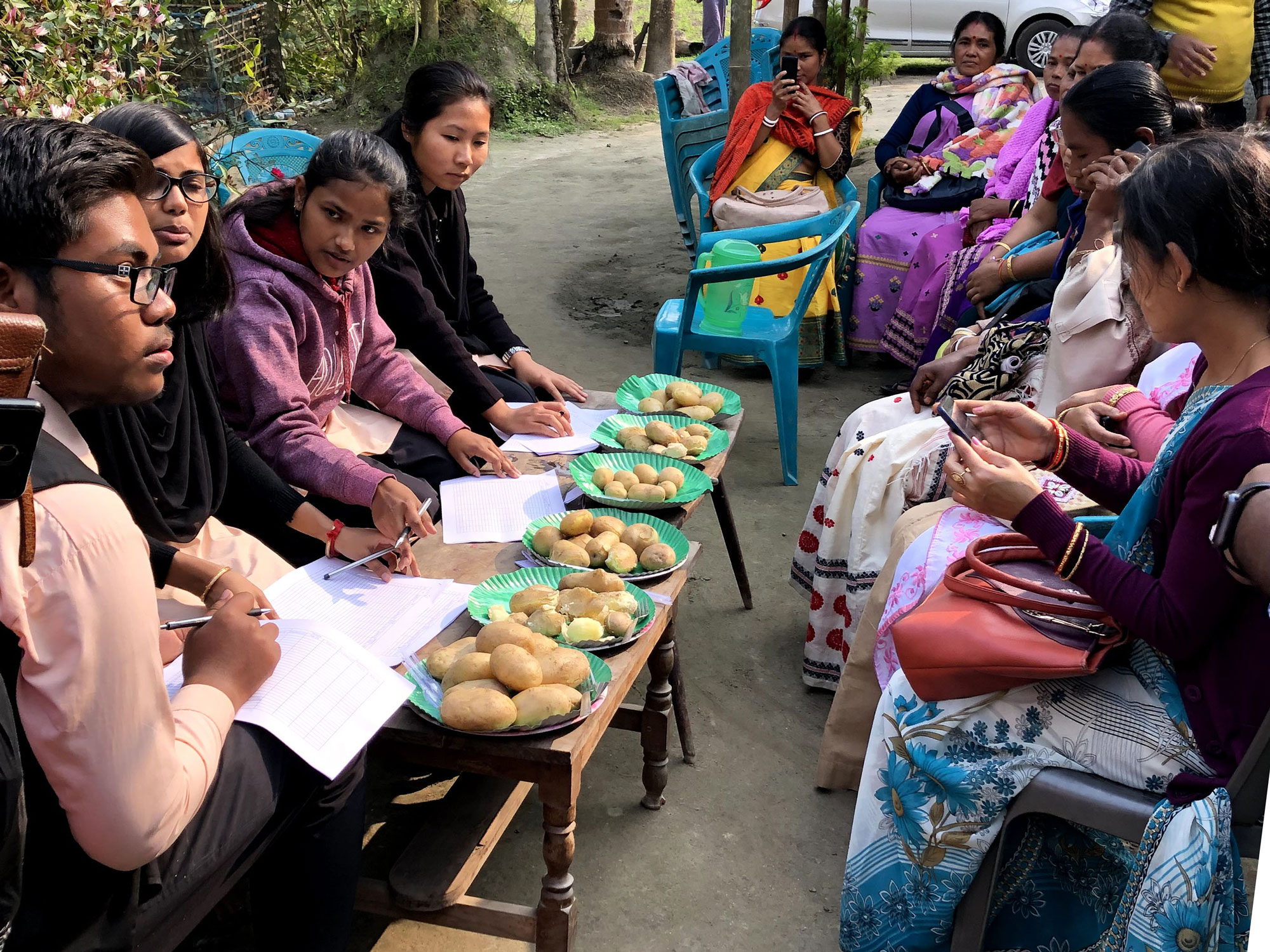
Women and men farmers agreed that taste, medium size, oval shape, and color, with a yellow skin and creamy flesh, are important traits. As is common, women considered cooking qualities too, preferring shallow eyes, because they reduce preparation time and waste. Men like potatoes with many eyes, suitable for use as seed potatoes, and varieties with good market value. A single variety — Kufri Chipsona-3 — was the most preferred variety overall for women and men farmers, although for different reasons.
That summary, however, obscures important differences between men and women in the way that they describe good and bad varieties. Women use simpler language and take more time to formulate their assessments. Researchers need to listen carefully to understand what they are being told. For example, women will prefer a plant with many leaves that are dark green, which reflect the variety’s resistance to pests and diseases. Men, by contrast, know the names of the traits they are looking for, such as late blight resistance or heat tolerance.
When it comes to the harvested potatoes, although women and men prefer medium-sized potatoes, their reasons are quite different. Women like medium potatoes because they are more practical; a single large potato may not be enough for one dish, but two large potatoes may be too much. Medium-sized tubers give women flexibility. Men say they like medium-sized potatoes because they are easier to handle for planting, harvesting, sorting, grading and packing, all tasks performed by men.
Men have no strong preference for texture, while women say that mealy potatoes are better than waxy ones, but the tuber should not break up when boiled.
Overall, the PVS revealed factors, such as tuber size and shape, that breeders had not previously given much weight to in India. At this stage, the research has considered only gender, but women farmers identified different criteria that breeders can use to improve adoption of new varieties. In future, additional considerations, such as caste and social and economic status, will be integrated into the gender-responsive approach.

